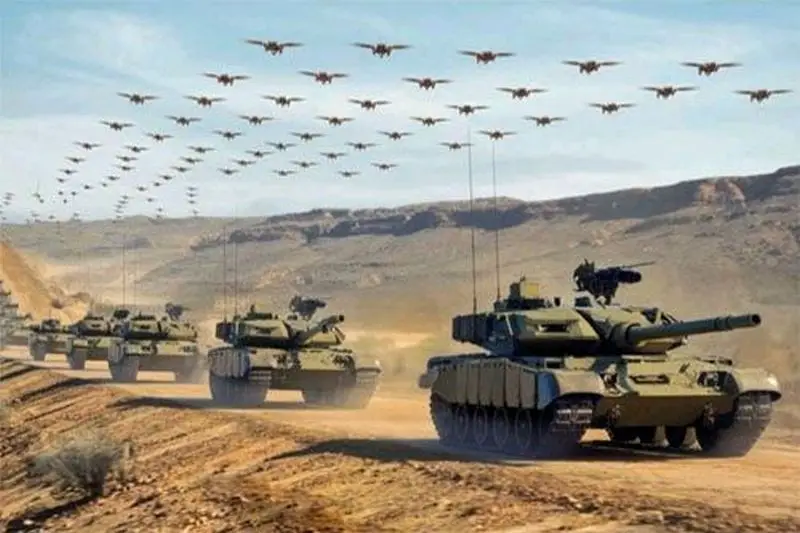The US Army is rethinking how it uses tanks on the battlefield, adapting to the growing threat posed by loitering munitions and low-cost drones in modern warfare.

Army Secretary Daniel Driscoll, speaking on the War on the Rocks podcast, said the surge of inexpensive drones capable of striking tanks’ most vulnerable points demands a major change in how armored units are deployed.
Pointing to the M1 Abrams as an example, Driscoll explained that tanks can no longer rely on traditional frontal assault tactics and must instead operate from more protected, defended positions.
“The amount of sensors on the battlefield, the amount of ability from both sides to see what’s going on,” he stated, creates a situation where commanders cannot push tanks “as far forward in the formation as they used to be able to” because very cheap drones may be able to take them out.
Driscoll called for tank battalions to become “a lot leaner,” limiting their exposure to aerial threats to stay in the fight longer.
To mitigate drone threats, the army intends to deploy drones ahead of its armored units. These escorts would identify threats, clear the path, and guide tanks toward more secure positions.
While this marks a shift from the Abrams’ traditional shock-and-awe role, Driscoll told Business Insider that it is a necessary step at a time when multimillion-dollar tanks can be taken out by low-cost drones.
